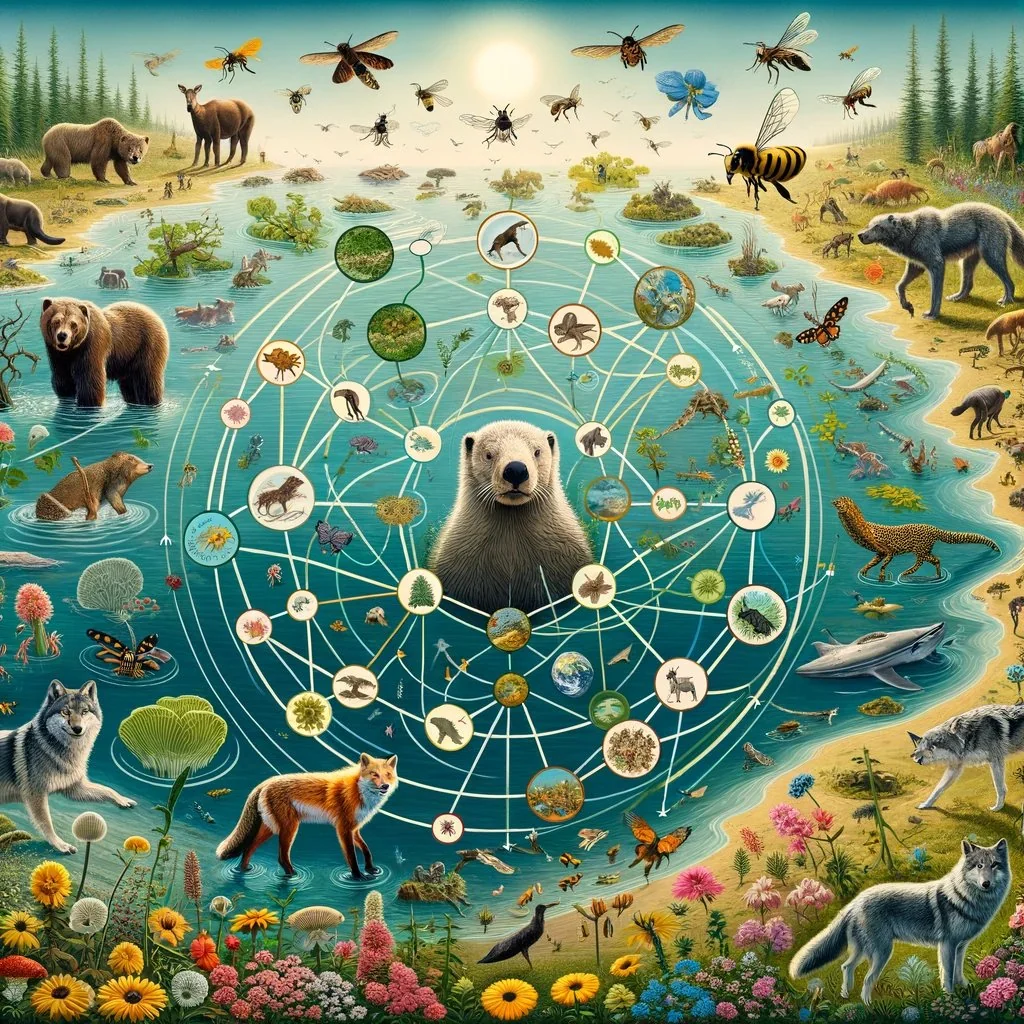
Are you wondering how might you add keystone species to the concept map? Concept maps are invaluable tools for visualizing and organizing complex information. They are offering insights into the interconnections between various concepts. However, in many instances, the pivotal role of keystone species within ecosystems remains underrepresented or entirely absent from these diagrams. In this article, we explore the significance of integrating keystone species into concept maps and offer insights into how this can be accomplished effectively.

Understanding Keystone Species: How might you add keystone species to the concept map?
Keystone species are organisms that exert a disproportionate influence on their ecosystem relative to their abundance. They play critical roles in maintaining the structure and function of their habitats. They also often affecting numerous other species within the ecosystem. Examples include predators like wolves, ecosystem engineers like beavers, and mutualists like fig trees. By focusing on keystone species, we gain a deeper understanding of the intricate relationships that govern ecological system henceforth complexes.
Identifying Keystone Species in Concept Maps
To add keystone species to a concept map, start by identifying the key players within the ecosystem. These may include top predators, species with specialized ecological roles, or those with significant impacts on community dynamics. Once identified, represent these keystone species prominently within the concept map, using visual cues such as size, color, or position to denote their importance.
Illustrating Keystone Species Interactions
Incorporating keystone species into concept maps allows for the visualization of their interactions and effects on other components of the ecosystem. For example, a concept map depicting a trophic cascade triggered by the reintroduction of wolves might show how their presence affects prey populations, plant communities, and even physical landscape features. By illustrating these interactions, concept maps become powerful tools for conveying the complexity of ecological systems moreover biological infrastructure.
Emphasizing Ecosystem Resilience In Addition To Resistance
One of the key benefits of including keystone species in concept maps is the opportunity to highlight the importance of biodiversity and ecosystem resilience. Keystone species often serve as linchpins within their ecosystems. This by helping to maintain stability and functionality even in the face of disturbances. By showcasing the roles of keystone species within concept maps, we underscore the need for their conservation and protection.
Integrating Real-World Examples: How might you add keystone species to the concept map?
To make concept maps more engaging and relatable, consider incorporating real-world examples of keystone species and their ecological impacts. This could involve case studies of successful conservation efforts, anecdotes highlighting the consequences of keystone species loss, or multimedia elements such as videos or interactive graphics. By grounding abstract concepts in concrete examples, concept maps become more accessible and impactful moreover affecting.
Conclusion: Harnessing the Power of Keystone Species in Concept Maps
Incorporating keystone species into concept maps offers a holistic approach to understanding ecological systems, then provides insights into the interconnectedness of species and the importance of biodiversity moreover variety. By identifying keystone species, illustrating their interactions, and emphasizing their role in ecosystem resilience, concept maps become powerful tools for conveying complex ecological concepts. As we strive to better understand and protect the natural world, integrating keystone species into our conceptual frameworks is essential.
W

